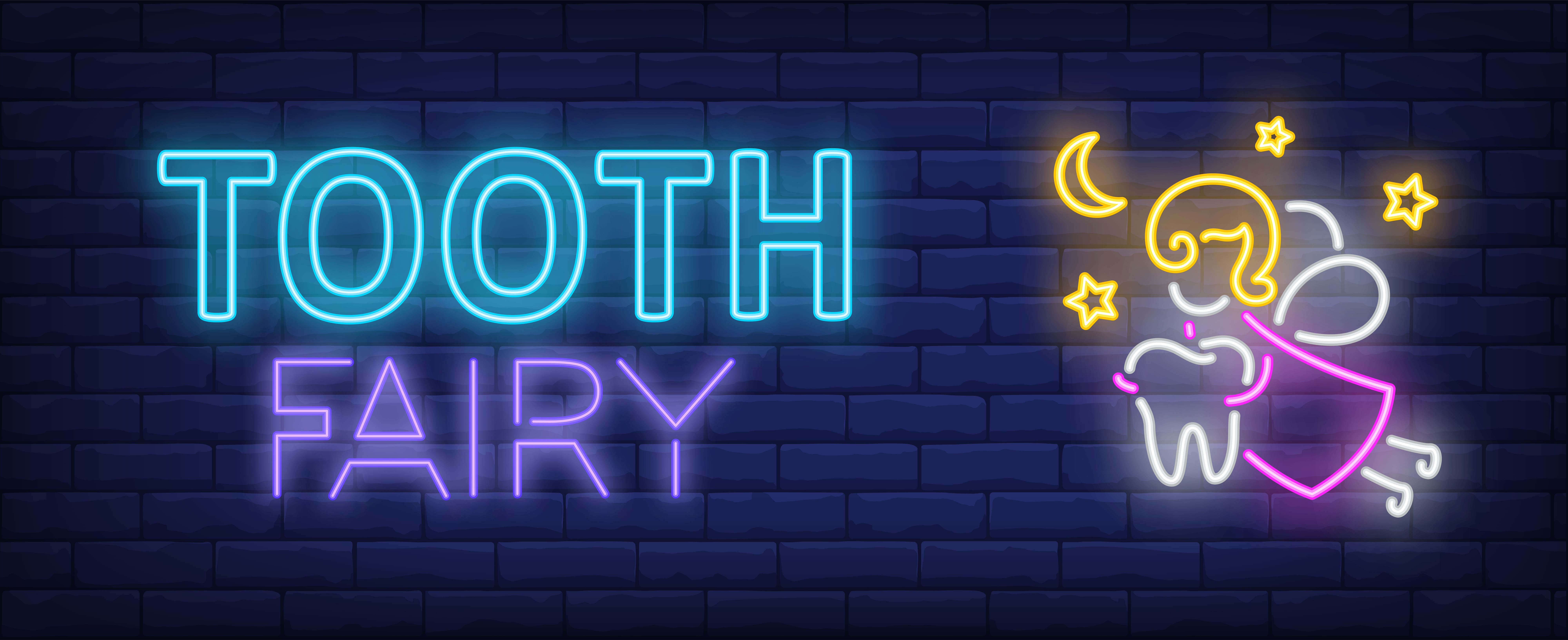Tooth Fairy
• Myths and Legends • 4 minutes to read

Ever played the game of Chinese whisper [1]? Starts with the word, “Apple” and ends with “Apricot”. The game literally explains how rumors (and gossip) originate. Someone hears something from somewhere and passes it on to ‘just that one person’ in confidentiality and it just snowballs from there.
Every myth has just a little tinge of reality which Chinese whispered its way down to us. How true is it? We can never know unless we deliberately seek the origin.
I am from India, where we don’t have the culture or concept of a ‘Tooth Fairy’ (lots of other beliefs, but we can get into that later). I was taught from an early age that baby teeth would fall out and a bigger stronger tooth would take its place (quite logical, right?). As I grew up, as I read, I discovered various myths, legends, superstitions, and beliefs. I’ve always been curious to know who came up with the idea of the tooth fairy (don’t even get me started on Santa Claus!). But it was always one of those questions that pops into your noodle while you lay awake at night, and during the day is just pushed to the back of your head to exist there for all eternity.
Who is the Tooth Fairy? Everyone always portrays and imagines a little Tinkerbell [2] like creature with glittery skin, blonde hair tied into a bun, carrying a little wand, sprinkling fairy dust and wearing either blue, green or pink (why not yellow or orange? Because it doesn’t seem ‘fairy-like’ 🧚🏻♀️). And let’s not forget the wings like a butterfly. Every time a kid loses a tooth, they are told to hide it under their pillow and in the morning, the tooth fairy would have collected it and left them some money (why would a fairy be collecting children’s teeth, people. Why?!).
From the innumerable links available online, my research has concluded with 2 basic origin stories. Tand-Fe [3] and La Bonne Petite Souris [4].
Tand-Fé in Old Norse or “Tooth-Fee” was a tradition that originated in Northern Europe. Basically, people gave money to children when they lost their first baby tooth (that’s so cool and encouraging!). They believed that this brought good luck. The Vikings would even wear a necklace made from baby teeth to their battles, as a good luck charm! (Although it does seem quite funny to imagine a huge Viking wearing a horned helmet, viciously snarling and showing 4 teeth of his own, wearing a necklace of baby teeth for luck)
The other story is La Bonne Petite Souris in French or “The Little Good Mouse” 🐭. This is a story written sometime in the 17th century talking about a little fairy posing as a mouse who saved a fair Queen and her Princess. Once upon a time, there was a Jolly King and a Jolly Queen in a Merry Kingdom with happy subjects. Far across lived an Evil King in the Land of Tears who waged war and took over the Merry Kingdom. The story follows the atrocities faced by the Jolly Queen and the Jolly Princess and how a little Fairy disguised as a mouse saved them from the Evil King by breaking four of his teeth.
Possibly this is where the notion of a “Fairy” or in some cultures, a “Mouse” giving the child money when they shed their tooth comes into play. Personally, I believe that this concept was invented to help a child understand or accept the changes their bodies go through at every stage in life. Growth can be challenging for everyone at any age and having something to believe in, even just a Tooth Fairy, can make the process of growth very exciting. It’s seen as a rite of passage by children and who are we to take that away from them!
Fairytales are a beautiful concept giving rise to a lot of hope to children and at the same time, teaching them something important about life. Take good care of your teeth or you won’t get any gifts from the Tooth Fairy! (So going to tell my kids that 😈)